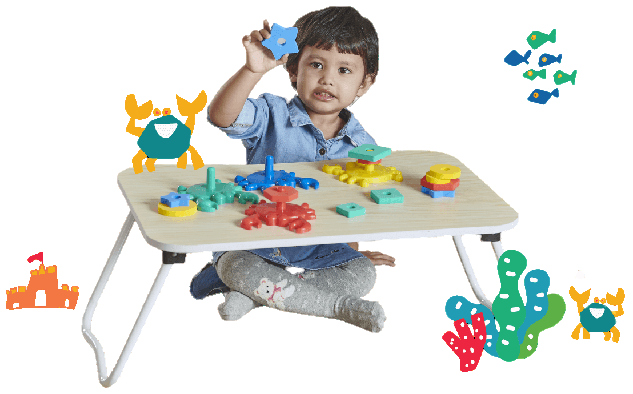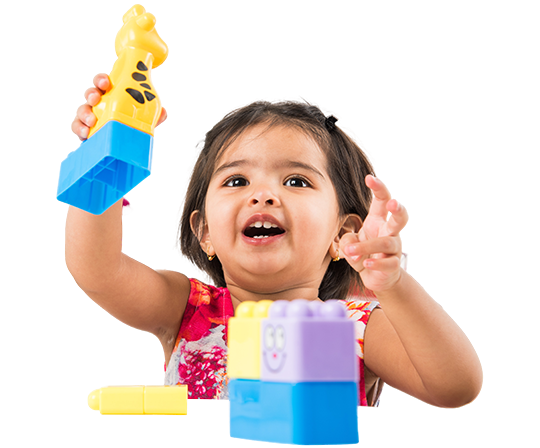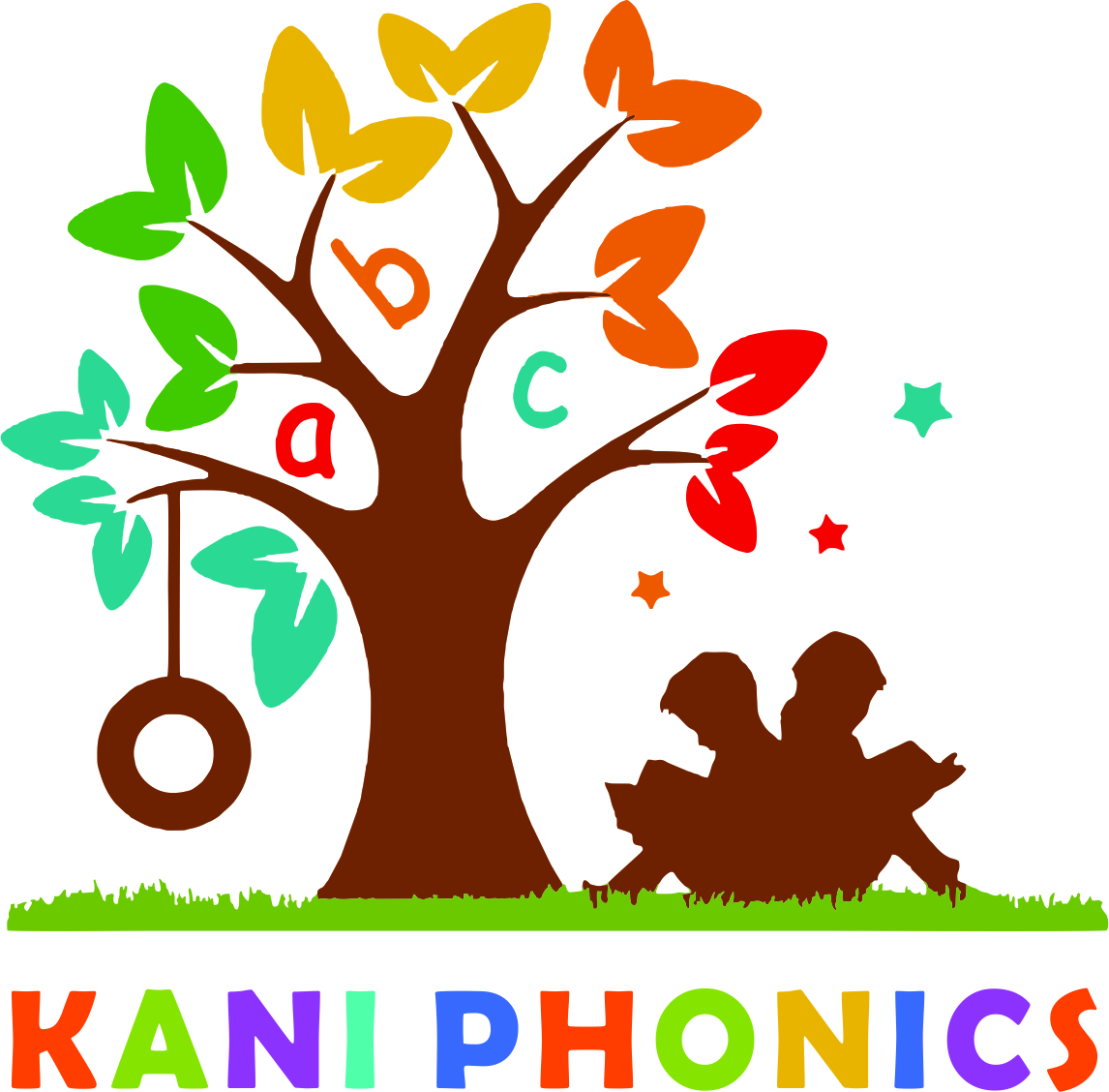Jolly phonics Advanced level
Course Contents

42 letters jingles, stories, action
Kani Phonics is a comprehensive programme, based on the proven, fun and muliti-sensory synthetic phonics method that gets children reading and writing from an early age. This means that we teach letter sounds as opposed to the alphabet. These 42 letter sounds are phonic building blocks that children, with the right tools, use to decode the English language. When reading a word, they recognise the letters and blend together the respective sounds; when writing a word they identify the sounds and write down the corresponding letters. These skills are called blending and segmenting.
Short vowels
A single vowel letter is usually known as a short vowel. The short vowels are those heard in words like lad, egg, pink, hot and bump: /a, e, i, o, u/.


Consonants blendings
A consonant blend is a combination of two or more consonants in which you hear each sound that each consonant would normally make.
Initial consonant blends like bl,cl,cr,dr,fl,gl,etc
Final consonant blends like ct,ft,lb,ld,etc
We will teach all the types of blends.
Digraphs
A digraph is two letters combined to make a single sound in written or spoken English. A digraph can consist of consonants and vowels. These shouldn’t be confused with adjacent consonants, where each letter makes a distinct sound rather than combining to make one sound.
Vowel digraph like ai,ae,ee,ea etc
Consonant digraph like sh,th,wh etc
We will teach all the digraphs to kids during the classes.


Spelling rules
Here are the first spelling rules that students should know.
- Every syllable has at least one vowel.
- C can say /k/ or /s/. C says /s/ before an e, i, or y (cent, city, cycle). It says /k/ before everything else (cat, clip).
- G can say /g/ or /j/. G may say /j/ before an e, i, or y (gem, giant, gym). It says /g/ before everything else (garden, glad).
- Q is always followed by a u (queen).
- Double the consonants f, l, and s at the end of a one-syllable word that has just one vowel (stiff, spell, pass).
- To spell the sound of /k/ at the end of a word, we use ck or k. Use ck after a short vowel (sick). After everything else, use a k (milk).
- Catch and bench rules:
We have many more spelling rules other than these, We will teach all the spelling rules and we will give activity during the classes”
Alternative spelling rules
One of the challenges of learning to read and write English is the mastery of alternative spellings. Some of the 44 sounds of English have as many as 12 different ways to spell them! This blog will provide a variety of ways in which you can help learners to achieve mastery of alternative spellings.
At the next level of understanding, they are taught that two or more letters can represent a vowel or consonant sound.
Long vowel sounds have multiple spellings, often using two or more letters, and are usually taught first at this level because every syllable in a word contains a vowel sound to be represented.
For reading, students also need to know that one letter, or a combination of letters, can represent more than one sound.
To complete the teaching of the code, alternative spellings for consonants and less common vowel sounds are usually taught.


Advanced spellings
Silent Letters & Advanced Spellings
In some words we have silent letters like
- sc = /s/ (“scent”)
- wr = /r/ (“wrap”)
- gn = /n/ (“gnaw”) and so on.”
Tricky words
Tricky words These are words with irregular parts, such as ‘come’ and ‘some’. Children learn these as exceptions to the rules of phonics. Introducing the common tricky words early in the year increases reading fluency (as they frequently occur in those first simple sentences you might expect them to read).

